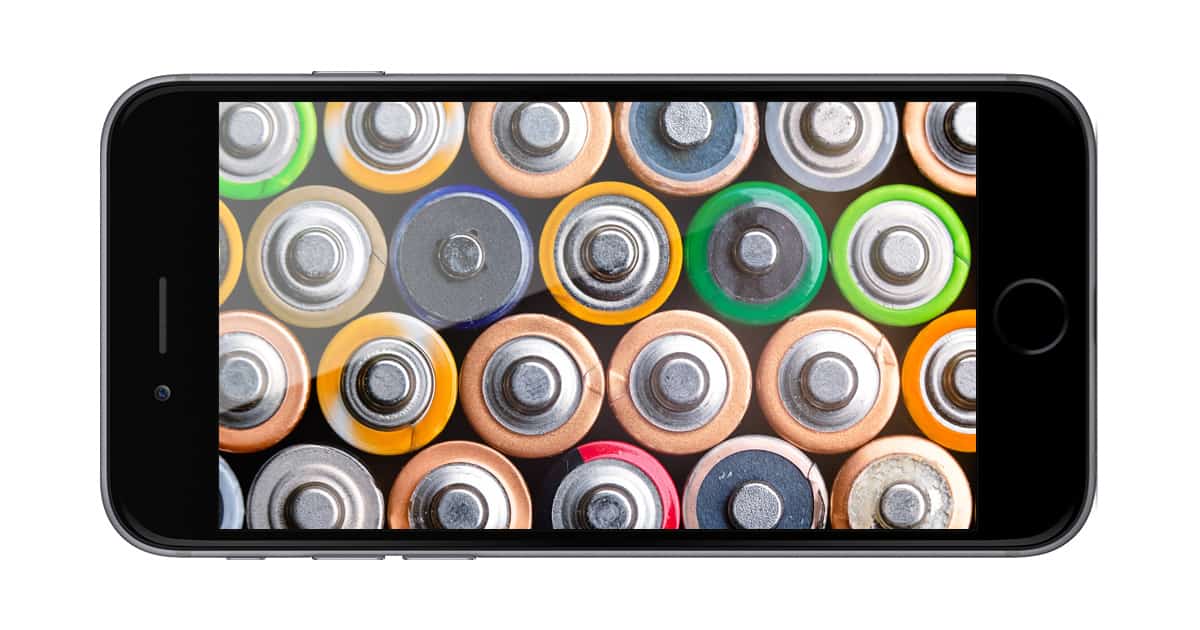Lithium-ion batter co-inventor John Goodenough just invented what could be the next generation in mobile device batteries. His new solid state battery design can hold three times as much power compared to current li-on batteries, charges faster, and doesn’t pose any risk of exploding—a problem Samsung is all too familiar with.
Mr. Goodenough’s new design replaces the liquid electrolytes li-on batteries use to conduct a charge with glass. That, combined with the rest of the battery’s design, makes it safer and more powerful, plus it isn’t susceptible to poor performance in cold weather.

That sounds like just what the iPhone needs considering we’re pushing the limits of li-on technology. That’s led to device makers sometimes pushing too far, like Samsung did last year with its Galaxy Note 7.
The Note 7 launched ahead of the iPhone 7 announcement as a move to draw consumers away from Apple’s ecosystem. That plan backfired—or more accurately, exploded—when Note 7 buyers started reporting their new phones were catching on fire. Those fires caused physical injuries and property damage, and ultimately led to a flight ban, product recall, and a permanent end to production for the device.
For Apple, Mr. Goodenough’s new battery technology addresses a big issue: how to pack more into a smaller space and still maintain battery life. Imagine a thinner Apple Watch, for example, that runs for days on a single charge.
The new battery design is a big win for more than Apple. Rechargeable li-on batteries power smart phones, laptops, electric cars, and more, and they’ll all benefit from Mr. Goodenough’s work.
New Batteries with a Dose of Patience
That said, there are big hurdles before we see this solid state design in our mobile devices.
The good news is that Mr. Goodenough invented a new breakthrough in battery technology. The bad news is we shouldn’t plan on seeing it in our iPhones, iPads, or Macs any time soon. Commercializing battery technology tends to be a slow process. Li-on batteries, for example, took ten years to go from their original design to products on store shelves.
It’s reasonable to assume the same for this new battery design, and tere’s a possibility it won’t come to market considering other battery concepts from recent years have fizzled out. With Mr. Goodenough’s track record, however, his design has a better chance of becoming the successor to rechargeable li-on battery technology.
[Thanks to Fortune for the heads up]
C’mon guys – this is a technical website – try to get the technical stuff right. The battery stores energy, not power. How fast the energy goes in to or out of the battery is power. This matters. High capacity batteries (more energy) sometimes have lower max power ratings than high power batteries (high current – i.e. fast charge and discharge).
If the new battery has ten times the capacity (energy storage) and also ten times the power it has the same charge-discharge time as now.
Russell.
A thinner Apple Watch would be nice.